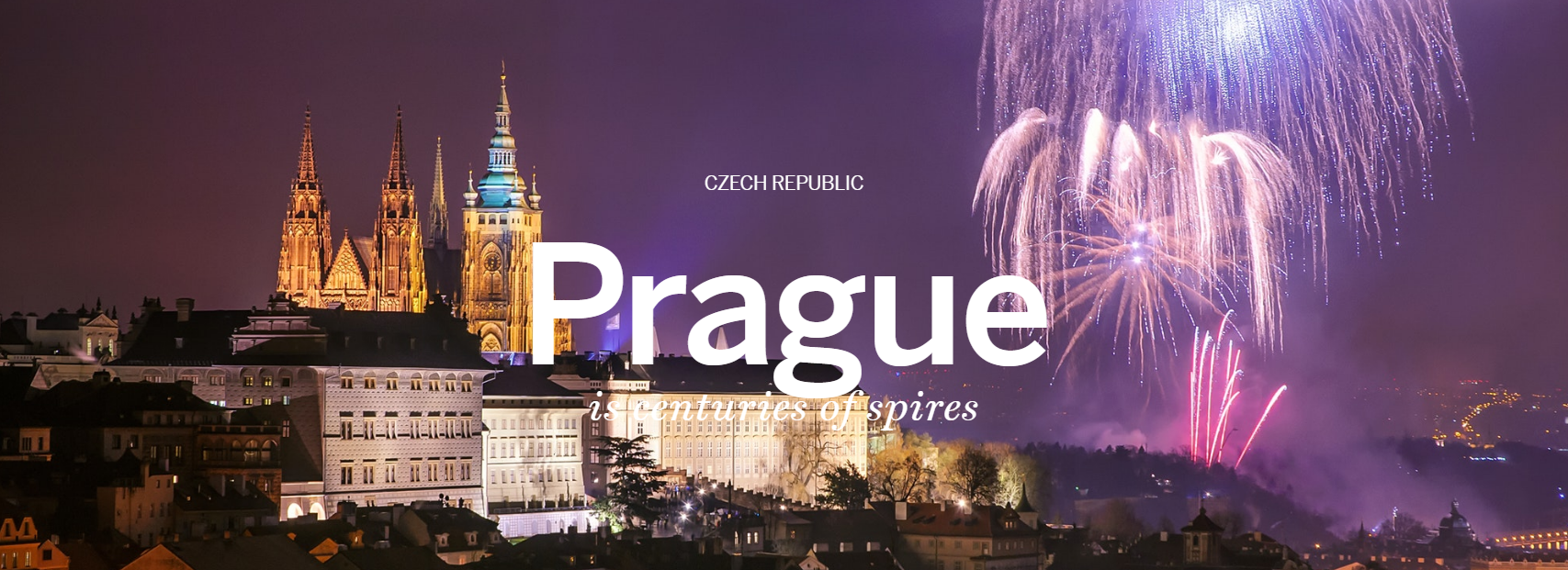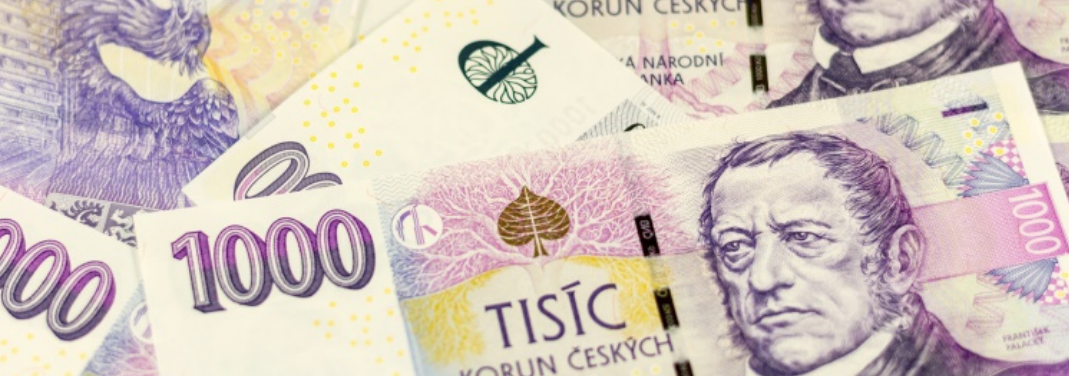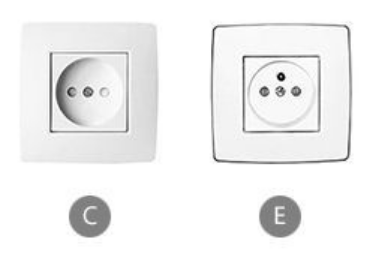About Prague

Overview
Prague is the capital and largest city in the Czech Republic, the 14th largest city in the European Union and the historical capital of Bohemia. Situated in the north-west of the country on the Vltava river, the city is home to about 1.3 million people.
Prague has been a political, cultural and economic centre of central Europe complete with a rich history. Founded during the Romanesque and flourishing by the Gothic, Renaissance and Baroque eras, Prague was the capital of the Kingdom of Bohemia and the main residence of several Holy Roman Emperors, most notably of Charles IV (r. 1346–1378).
The city has more than ten major museums, along with numerous theatres, galleries, cinemas and other historical exhibits. Prague's art galleries may not have the allure of the Louvre, but Bohemian art offers much to admire, from the glowing Gothic altarpieces in the Convent of St Agnes, to the luscious art nouveau of Alfons Mucha, and the magnificent collection of 20th-century surrealists, cubists and constructivists in the Veletržní Palác. The weird and witty sculpture of David Černý punctuates Prague's public spaces, and the city itself offers a smorgasbord of stunning architecture, from the soaring verticals of Gothic and the exuberance of baroque to the sensual elegance of art nouveau and the chiselled cheekbones of cubist facades.

Money
Czech crown (Koruna česká; Kč)
The currency is the Czech crown (Koruna česká, or Kč). Euros do not circulate. ATMs are widely available, and credit cards are accepted almost everywhere.
ATMs
You’ll find ATMs all around Prague. There are ATMs on the concourse of Prague’s main train station as well as at both arrivals terminals at Prague airport. Most ATMs accept any credit or debit card, provided you have a four-digit PIN code.
Cash
The Czech crown (Koruna česká, or Kč) is divided into 100 hellers or haléřů. Bank notes come in denominations of 100Kč, 200Kč, 500Kč, 1000Kč, 2000Kč and 5000Kč; coins are of 1Kč, 2Kč, 5Kč, 10Kč, 20Kč and 50Kč. Hellers do not circulate, but prices are sometimes denominated in fractions of crowns. In these instances, the total will be rounded to the nearest whole crown.
Keep small change handy for use at public toilets and tram-ticket machines, and try to keep some small-denomination notes for shops, cafes and bars – getting change for the 2000Kč notes that ATMs often spit out can be a problem.
Credit & Debit Cards
Visa and MasterCard are widely accepted for goods and services. The only places you may experience a problem are at small establishments or for small transactions (under 250Kč). American Express cards are typically accepted at larger hotels and restaurants, though they are not as widely recognised as other cards.
Plugs&Sockets and electricity
Electricity in Prague is 230V, 50Hz AC. Outlets have the standard European socket with two small round holes and a protruding earth (ground) pin. If you have a different plug, bring an adapter. North American 110V appliances will also need a transformer if they don't have built-in voltage adjustment.
